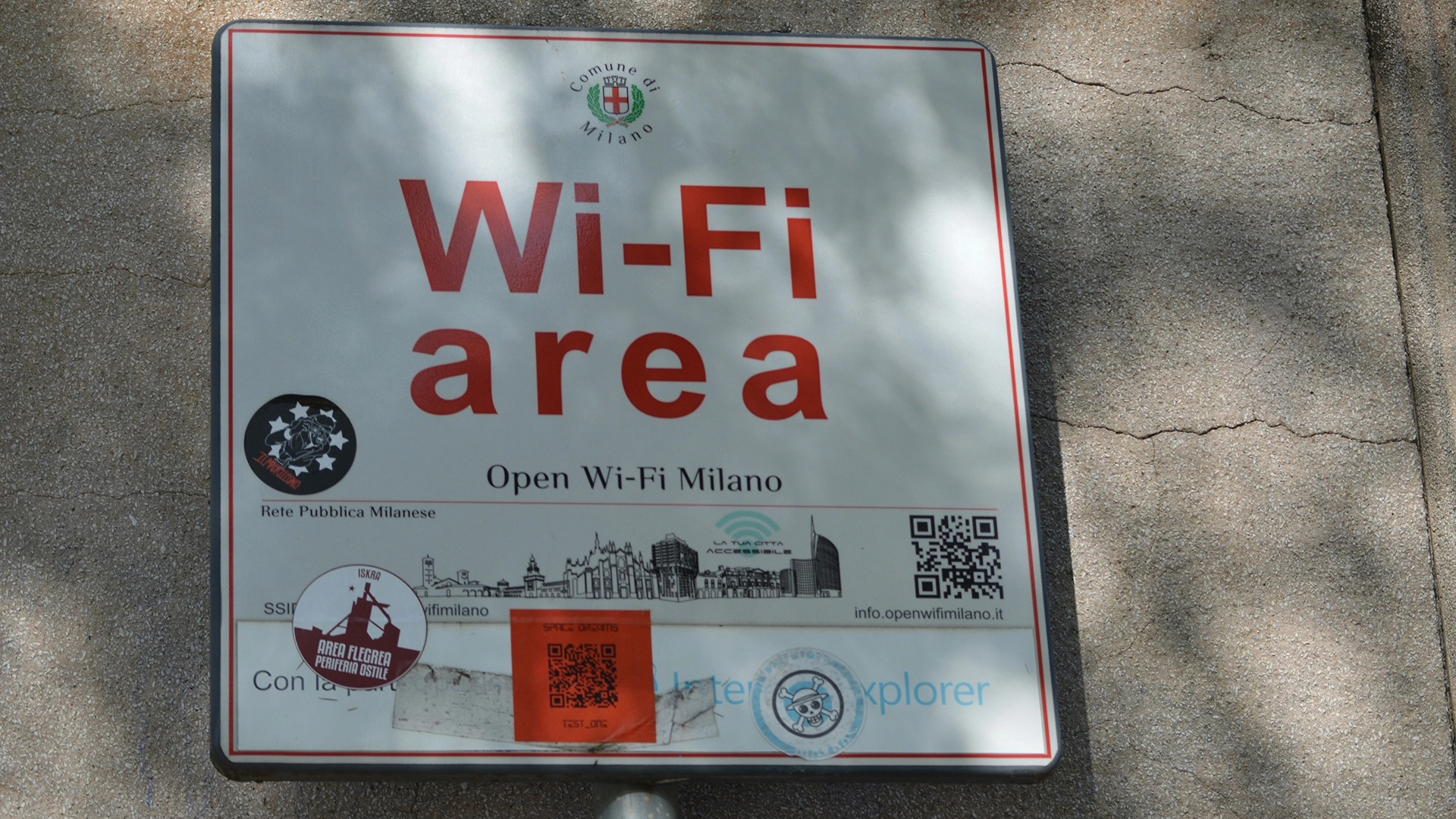
Image by Raj Kumar Joshi, from Unsplash
Wi-Fi Signals Can Now Monitor Heart Rate Without Wearables
A team at the University of California, Santa Cruz has developed a system that uses ordinary Wi-Fi signals to monitor a person’s heart rate.
In a rush? Here are the quick facts:
- Pulse-Fi uses Wi-Fi signals to monitor heart rate without wearable devices.
- AI model filters signal changes and estimates heart rate in real time.
- Devices used are inexpensive: ESP32 ($5–$10) and Raspberry Pi ($30).
The system known as Pulse-Fi enables users to monitor vital signs at a low cost through contactless methods that eliminate the need for wearable devices, as first reported by Spectrum.
The project leader Katia Obraczka explained that “using wearables to monitor vitals can be uncomfortable, have weak adherence, and have limited accessibility due to cost,,” as reported by Spectrum.
The new system enables the detection of stress as well as dehydration and cardiac disease and other medical conditions through continuous heart rate tracking.
Obraczka explains that the new method uses Wi-Fi signal wave changes to detect heartbeats instead of camera-based systems which fail in low light and raise privacy issues.
“Pulse-Fi uses ordinary Wi-Fi signals to monitor your heartbeat without touching you. It captures tiny changes in the Wi-Fi signal waves caused by heart beats,” Obraczka said as reported by Spectrum.
The team designed Pulse-Fi to filter out background noise and detect small changes in signal amplitude. The system depends on Raspberry Pi devices that run an AI model to calculate heart rates in real time.
Pulse-Fi was tested in two experiments. Seven volunteers participated in the first test by sitting 1–3 meters away from two ESP32 microcontrollers while researchers measured their heart rates against pulse oximeter readings.
In the second, over 100 participants were monitored in various positions, including walking, running in place, sitting, and standing. The results demonstrated a heart rate measurement accuracy of less than 1.5 beats-per-minute which matched current sensor performance while participants moved or stood at distances up to 10 feet.
Obraczka said the AI model generalized well to new environments. The model succeeded in generalizing to the new environment because it learned to recognize patterns which allowed it to apply its knowledge to new situations.
The cost of devices remains affordable because ESP32 chips sell for $5 to $10 while Raspberry Pis can be purchased for $30.
Currently, Pulse-Fi is tested with a single user, but the team is beginning pilots with multiple users.
Obraczka added, “In addition to working on multi-user environments, we are also exploring other wellness and healthcare applications for Pulse-Fi,” including sleep apnea and breathing rate monitoring.


 Previous Story
Previous Story

 Latest articles
Latest articles 